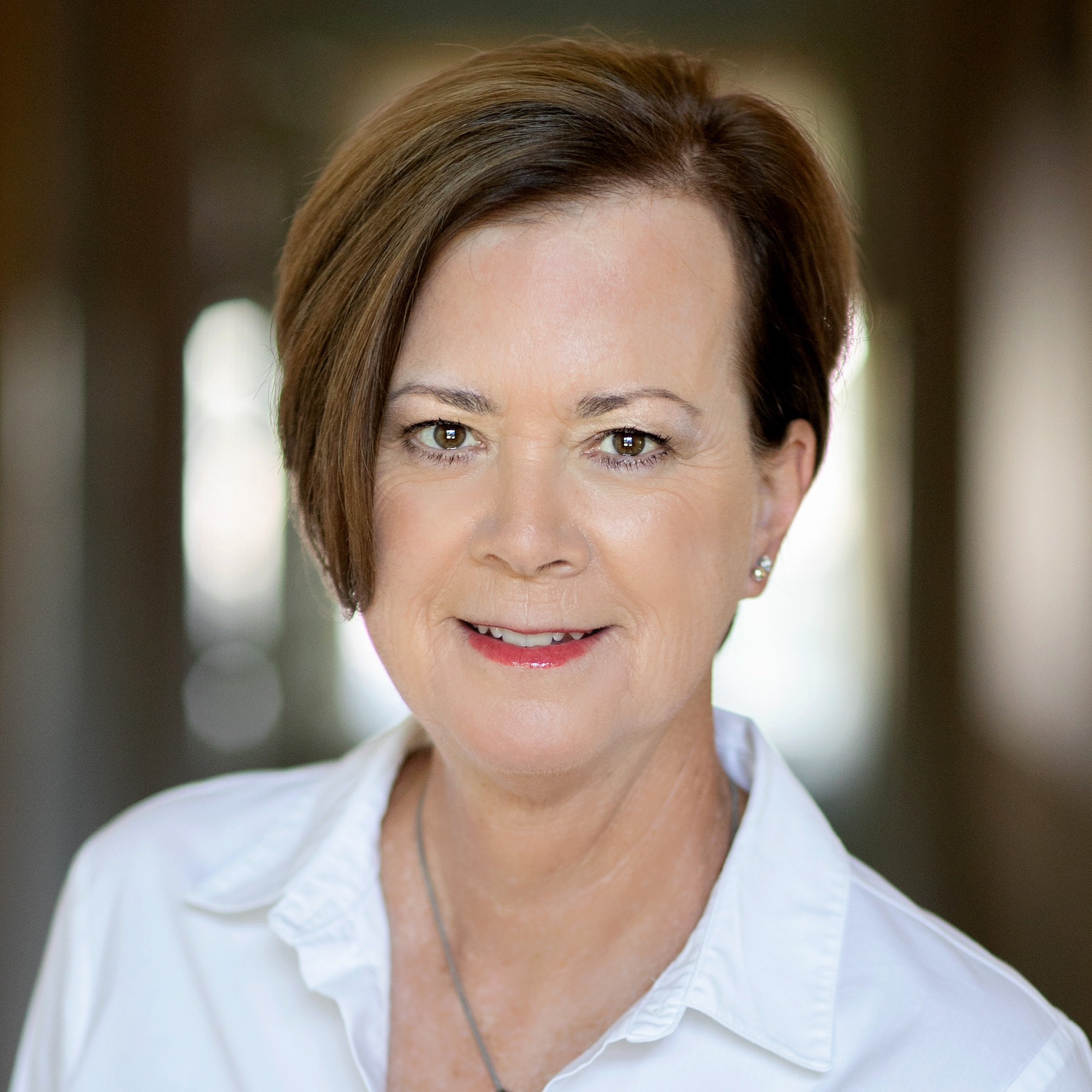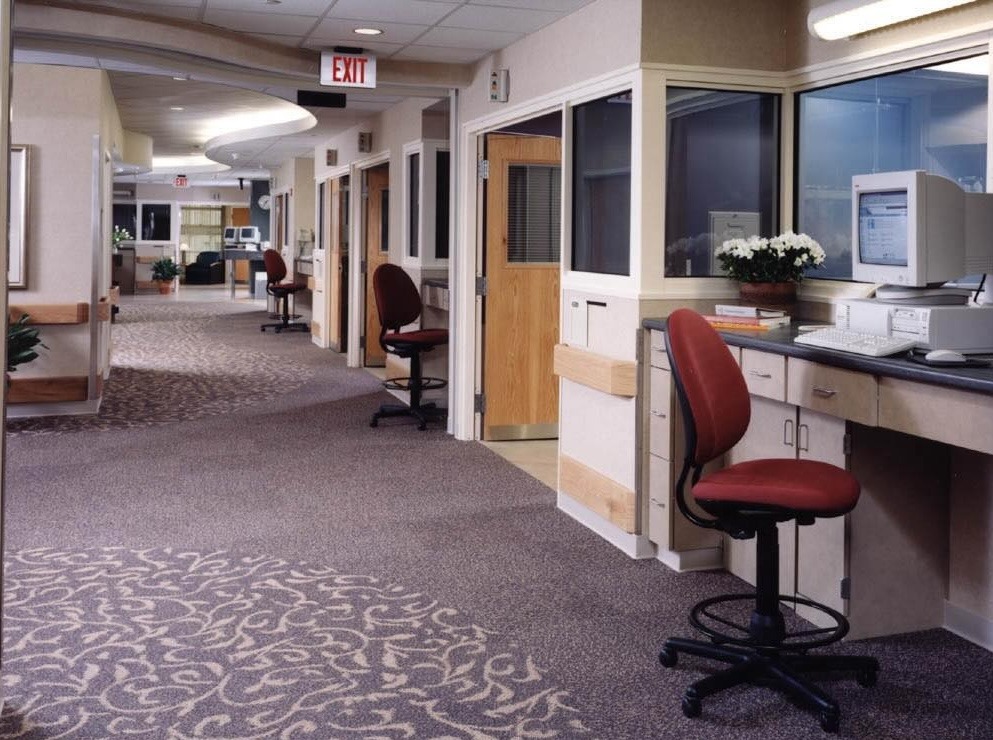In preparation for my Interactive session with Gensler's Sarah Bader at the Healthcare Design Expo and Conference in Houston next month, I've been reviewing some recent surveys and reports on healthcare trends.
One I came across recently is the American Hospital Association 2017 Environmental Scan. These are not going to come as any surprise to most of you, but the major driving forces that are shaping healthcare organizations’ struggles are:
- Affordability
- Coverage gaps
- Consumerism
- Holistic focus on health
- Payment for value
- New technologies
- Chronic care management
- Consolidation
- Community benefit
Here are some statements from the report that impact healthcare facility design and construction:
1. Great Customer Service
According to the Consumer Health Insights survey, consumers want the same qualities in health care companies that they value in non-health care settings. More than half of the survey’s participants cited great customer service as important for non-health care and health care companies alike.
Comment: Facility design is an early clue of what kind of service a patient will receive. Is this marketing? Yes, but it also has real benefits for patients.
2. More Insured Patients
Nearly 13 million people signed up for the Affordable Care Act’s marketplace policies in 2016. Competition on these exchanges will be diminished next year in various areas of the country when some of the nation’s largest health insurers will sell individual plans in fewer markets. Additionally, 16 nonprofit co-ops have closed since January 2015.
Comment: 13 million more people in the healthcare system were expected increase volumes in EDs and clinics. EDs haven't really seen an increase, though. No matter what happens on the political front, expect the number of insured to continue to increase.
3. Shift to Value-Based Payments
The shift from fee-based to value-based payments, say survey respondents, is the single biggest challenge facing U.S. hospitals and health systems, affecting institutions across every region, size, location and type of ownership.
Comment: Care will move to the community. Providers will utilize creative approaches to delivering care, such as building bedless hospitals, virtual care centers, or partnering with retail clinics.
4. Reduction in Hospital-Acquired Conditions
There has been a 17 percent reduction from 2010 to 2014 in the number of hospital-acquired conditions such as ulcers, infections, and avoidable traumas, representing over more than 87,000 lives saved and $20 billion in cost savings.
Comment: Healthcare facility design has a direct impact on infections and falls. Expect pressure to continue on hospitals to reduce hospital-acquired conditions.
5. More Widespread Adoption of mHealth
In 2016, millions of American consumers will have their first video consults, be prescribed their first health apps and use their smartphones as diagnostic tools for the first time. These new experiences will begin to make real the dream of care anywhere, anytime, changing consumer expectations and fueling innovation.
Comment: Does this mean we won't need healthcare facilities? No, but it does mean that the place where patients receive routine care may not be as important -- especially to millennials.
6. New Ways of Delivering Care
Some clinicians will begin work in new “bedless” hospitals and virtual care centers, overseeing scores of patients in far-flung locations. Fueled by alternative payment models, technological advances and powerful new database tools, these new ways of delivering care will spread. Care delivery will begin to change.
Comment: This may eventually have the biggest impact on healthcare facility design and construction. Only time will tell.
7. Nurse Turnover
The average turnover rate for nurses in 2014 was 16.4 percent, according to the 2015 National Healthcare Retention & RN Staffing Report. The cost of turnover for a bedside nurse ranges from $36,900 to $57,300, leading to a loss of $6.2 million for an average hospital.
Comment: This is why design that supports the health and well-being of staff is critical.
8. Retail Clinic Explosion
There are now almost 2,000 retail clinics in the U.S. There will be more than 2,800 retail clinics by 2018, according to a forecast by Accenture. Two key drivers will bolster retail clinics’ relevance and quality in local health delivery systems: the ability to forge relationships with health care providers and the clinics’ adoption and effective use of information technology that enables data sharing and data liquidity.
Comment: Most retail clinics are pretty standard. Lots of room for design innovation here. Also, this will affect space utilization in current and future hospitals.
Want More?
Join the Sarah Bader and I at the HCD conference on Tuesday, November 15 at 8 a.m., for "Let's Talk Trends: What's Influencing Healthcare Design Now and What's Next." Come prepared to share your thoughts about the impact of urbanization, politics, the patient experience movement, demographics, and more!
P.S. Please do me a favor -- if you liked this post and like this blog, please share it with others by sending them the link and/or post it on your Twitter, LinkedIn, or Facebook, etc. Also, don't forget to subscribe, so you'll get emails when new content is posted. Thanks!







